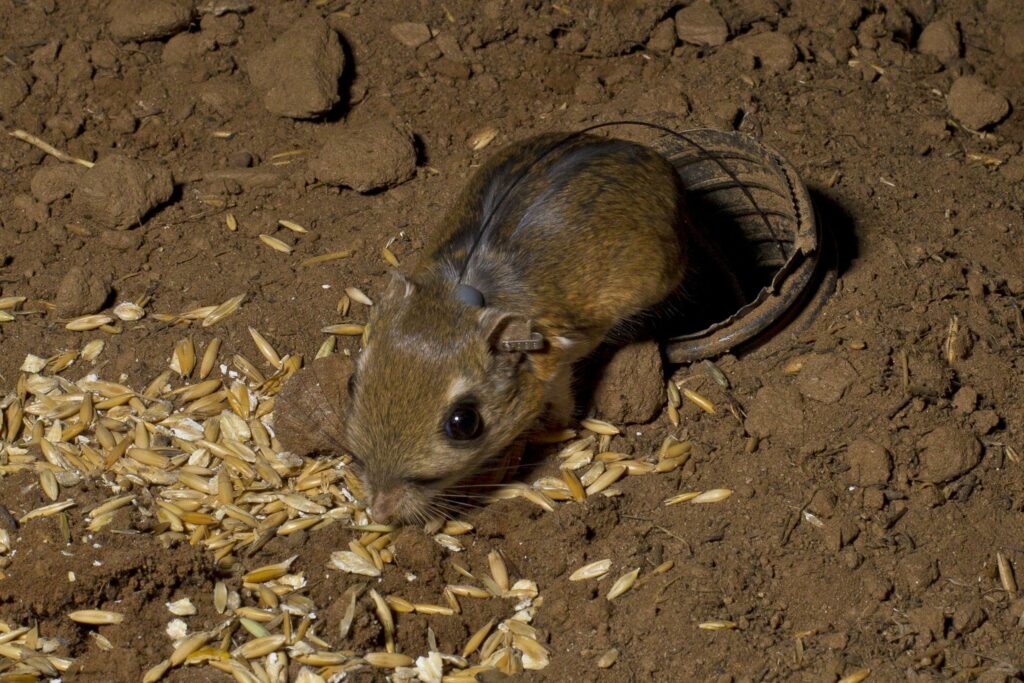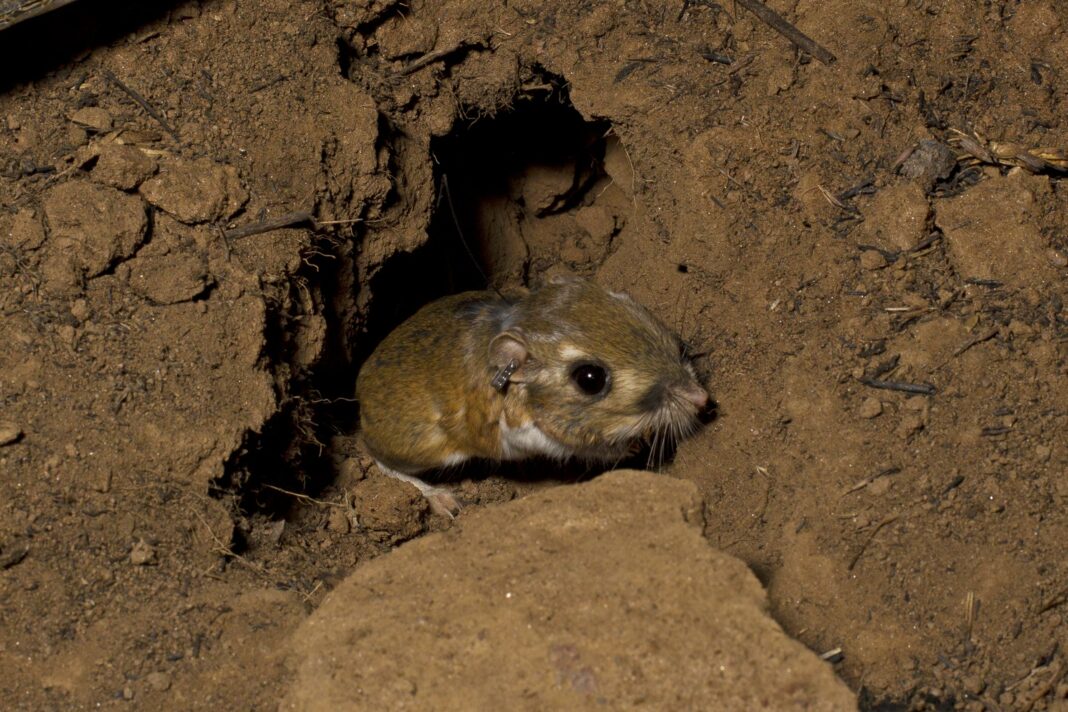By relocating an endangered and adorable rodent, a San Diego Zoo Wildlife Alliance team is assisting animals and advancing conservation science.
To: Bluedot Living
From: San Diego Zoo Wildlife Alliance
Subject: Local Species, the Stephens’ Kangaroo Rat, Featured in New Report Highlighting Conservation Strategies Saving Imperiled Wildlife
The Endangered Species Act turns fifty years old this year. A new report released by the Endangered Species Coalition, Ten Stories of Hope: The Endangered Species Act at 50, highlights ten case studies of conservationists using different strategies to protect and recover imperiled fish, birds, plants, and mammals in the United States. Ninety-nine percent of species protected under the Endangered Species Act have been saved from extinction, including the humpback whale, grizzly bear, and bald eagle. The Top Ten report features the Stephens’ kangaroo rat and the efforts of San Diego Zoo Wildlife Alliance to help recover the species using conservation translocation.
The Stephens’ kangaroo rat is found in small, isolated populations in only a few counties near San Diego. Scientists working with the species are turning to conservation translocation — a process that introduces a species into new habitat, reintroduces them to areas they once called home, integrates individuals with an existing community, or establishes a separate population as insurance against extinction. Led by Debra Shier, PhD., Brown Endowed Associate Director of Recovery Ecology, a team at San Diego Zoo Wildlife Alliance has been mastering the complexities of translocating Stephens’ kangaroo rats for fifteen years. They build transition homes — one per rat — that they place in open grasslands. Tagged with tracking devices, the kangaroo rats acclimate in their homes for about one week before the team releases them. The team tracks their survival and reproduction for years.
In 2022, after more than thirty years of dedicated efforts from over thirty agencies and organizations, the U.S. Fish and Wildlife Service announced the reclassification of the Stephens’ kangaroo rat under the Endangered Species Act from endangered to threatened.
In 2022, after more than thirty years of dedicated efforts from over thirty agencies and organizations, the U.S. Fish and Wildlife Service announced the reclassification of the Stephens’ kangaroo rat under the Endangered Species Act from endangered to threatened. The Stephens’ kangaroo rat had been listed as endangered since 1988. San Diego Zoo Wildlife Alliance has served as a significant partner in facilitating new research to recover this species.

“Conservation work comes with a lot of challenges, setbacks, and even heartbreak,” said Shier. “The successes, or ‘wins,’ are revitalizers — they recharge us, reinspire us, and keep us going. The downlisting of the Stephens’ kangaroo rat was not only a huge milestone, but a career highlight. It was made possible through decades of effort by dozens of collaborators across organizations. There’s still work to be done, but we’re thrilled with the progress and to see this species highlighted in the Top Ten report.”
Conservation work comes with a lot of challenges, setbacks, and even heartbreak. … The successes, or ‘wins,’ are revitalizers — they recharge us, reinspire us, and keep us going.
– Dr. Debra Shier
The Endangered Species Act was signed into law by former President Richard Nixon in 1973, after it had passed unanimously in the U.S. Senate and 355-4 in the House of Representatives. The immensely popular and historic piece of legislation has been at the core of the country’s commitment to protecting wildlife and the natural world for our children and grandchildren. Thanks to the Endangered Species Act, gray whales still migrate along the coast, peregrine falcons still soar through the skies, and polar bears still roam the Arctic tundra.
“This report offers hope that we can restore habitats and safeguard imperiled animals and plants,” said Susan Holmes, executive director of the Endangered Species Coalition. “As demonstrated by the extraordinary efforts of dedicated field researchers, citizen scientists, and volunteers working to save species throughout the country, the Endangered Species Act works!”
The Endangered Species Coalition’s member groups nominated species for the Top Ten report. A committee of distinguished scientists reviewed the nominations and chose the finalists. The full report can be viewed and downloaded on the Endangered Species Coalition’s website. The Endangered Species Coalition produces a Top Ten report annually, focusing on a different theme each year.
San Diego Zoo Wildlife Alliance, a nonprofit conservation leader, inspires passion for nature and collaboration for a healthier world. The Alliance supports innovative conservation science through global partnerships. Through wildlife care, science expertise, and collaboration, more than forty-four endangered species have been reintroduced to native habitats.


